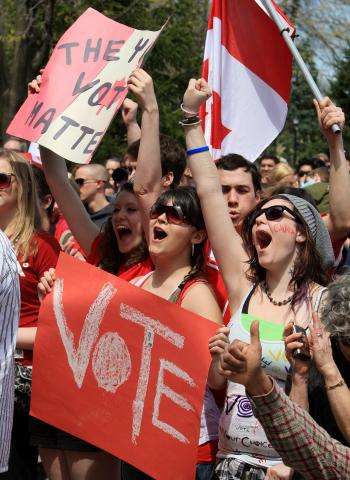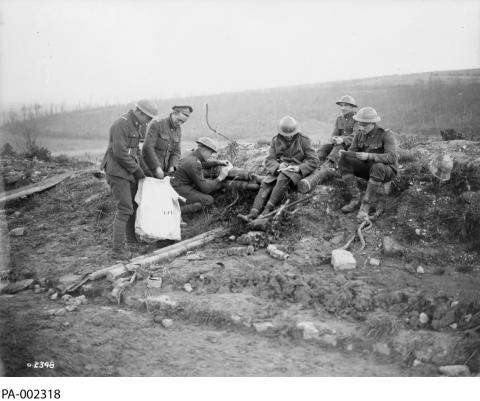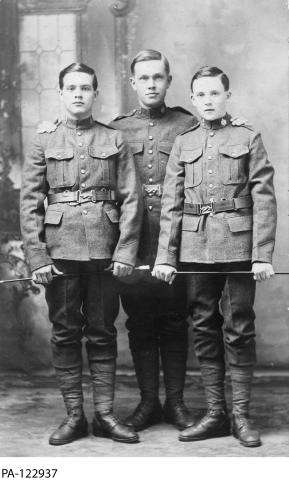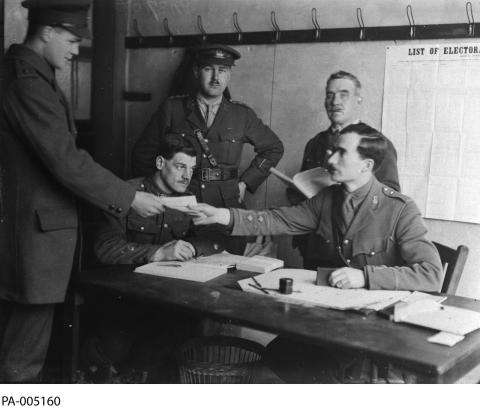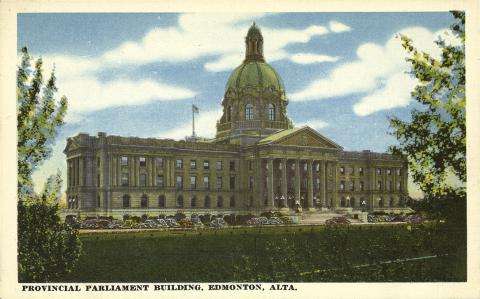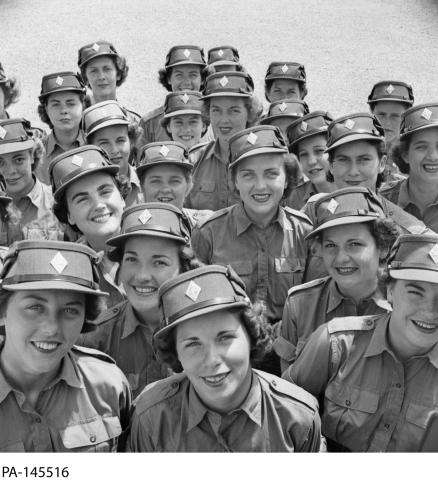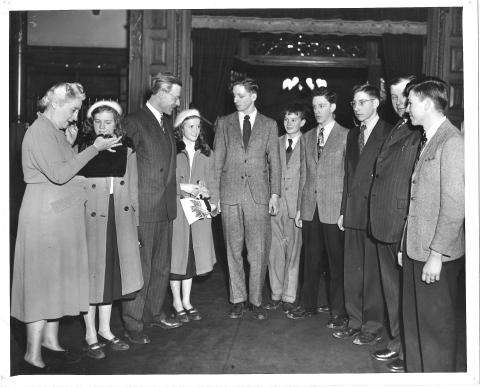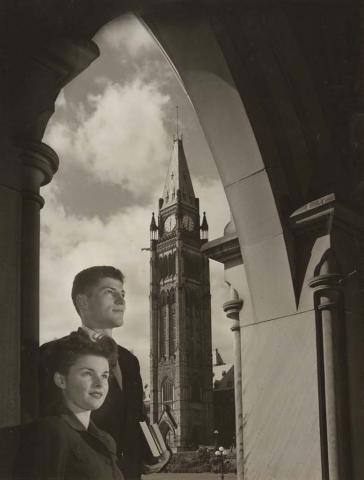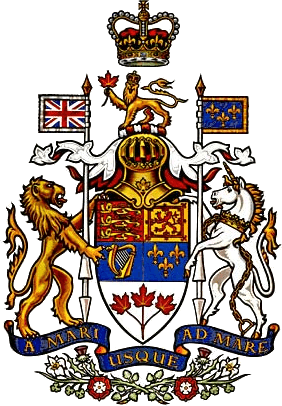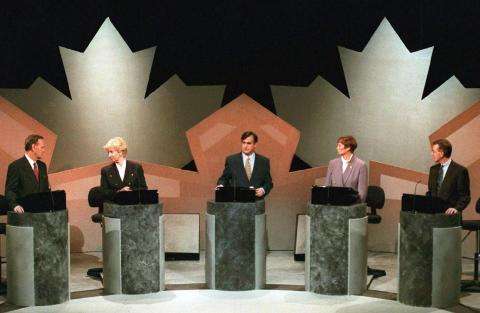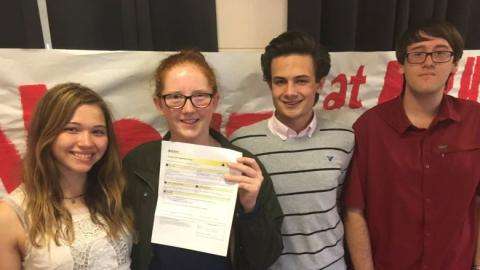Context card
| Context card | In 1867, only men aged 21 and older could vote in federal elections. They also had to own property to be able to choose a government. During the two world wars, people under 21 could vote if they served in the military. After the Second World War, these voting rights for young people in the Canadian armed forces continued. This prompted some parliamentarians to consider lowering the voting age for everyone. In 1970, the voting age was reduced to 18 with little debate. This was likely due to changing perceptions of the role of youth in society. Today, there is discussion about how to get more youth involved in the democratic process. Some people are pushing for lowering the voting age to 16. |
|---|
Activity cards
| 1867 | At Confederation, only men who are 21 and older are allowed to vote in federal elections. This is the voting age in most democracies around the world. Another requirement for voting is property ownership. The common view is that to be ready to elect representatives, people need to be responsible and have a stake in the community. |
|---|
| 1917 | During the First World War, Canadians serving the military effort are given the right to vote, no matter how old they are. People are supposed to be 18 to serve in the military, but many who enlist are younger. This means that some 16- and 17-year-olds vote. Some people see this as unfair, since the regular voting age is 21. |
|---|
| 1920 | After the First World War ends, a new election law—the Dominion Elections Act—is passed. It aims to make voting rules fair and standard across the country. The voting age for federal elections returns to 21 for all Canadians. Military personnel who had been able to vote at a younger age lose that right. |
|---|
| 1942 | During the Second World War, everyone serving in the military is allowed to vote in federal elections, no matter how old they are. Around 700,000 people in the military are under 21. This is about one tenth of all eligible voters in Canada. |
|---|
| 1944 | Alberta lowers the voting age to 19 for provincial elections. It is the first province to give voting rights to those under 21. A key reason for the change is to recognize young people’s contributions to the war effort. A year later, Saskatchewan lowers the voting age in provincial elections to 18. All other provinces keep the voting age at 21. |
|---|
| 1945 | The Second World War ends. No changes are made to laws about voting rights for military personnel. They are eligible to vote in federal elections no matter what their age. For everyone else, the voting age remains at 21. |
|---|
| 1948 | High school students take part in a national conference on parliamentary issues at the University of Toronto. They ask a panel of members of Parliament why the federal voting age has not been lowered to 18. Some prominent parliamentarians, such as Agnes Macphail and John Diefenbaker, are open to the idea. |
|---|
| 1963 | A committee of Parliament studies the question of voting age and recommends that it be lowered to 18 for all Canadians. This recommendation is not accepted. The voting age remains at 21 for all Canadians except those serving in the military. |
|---|
| 1970 | With little debate, Parliament lowers the voting age for federal elections from 21 to 18. This is likely due to the youth culture movement of the time. Some 2 million young people gain the right to vote. This is the largest increase in the electorate since women got the same voting rights as men. There is one exception to the voting age of 18. Canadians who enroll in the military at age 17 can vote in federal elections. |
|---|
| 1991 | A Royal Commission studies lowering the voting age to 16 for federal elections. It researches the potential effects of such a change. It also conducts a public opinion survey and finds that most Canadians, even young people, are not in favour. The Commission concludes that any decision on voting age involves a judgment by a society about when people reach maturity as citizens. It recommends that the voting age be 18. |
|---|
| 1993 | In the federal election, the voting age is now 18 for all Canadian citizens, including those in the military. The voting age is now 18 across Canada in both provincial and federal elections. BC is the final province to lower its voting age to 18. Until 1992, the voting age was 19. |
|---|
| 2016 | PEI allows youth 16 and older to vote in a provincial plebiscite on electoral reform. They are included because they would use the new electoral system at the next election, when they are 18. Voting age for provincial elections in PEI (and all of Canada) remains at 18. |
|---|


